How well do you really know the Northern Saints? Find out about the fascinating lives of these powerful people who lived during the Golden Age of Northumbria, and the amazing places you can visit linked to their stories all along the Northern Saints Trails.
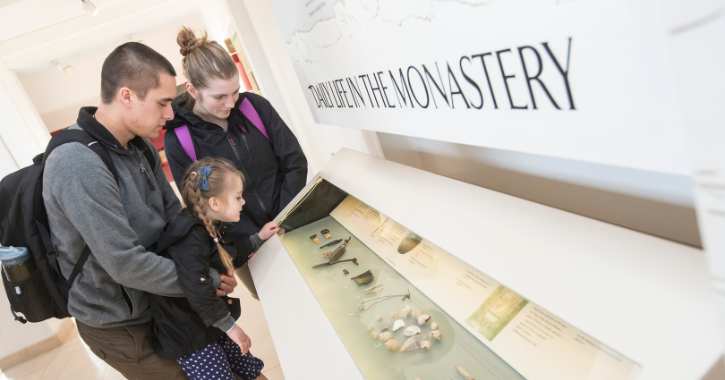
St Bede
Bede was not only a monk but also a writer, teacher and translator. He is widely considered the greatest scholar of the Anglo-Saxon period! He wrote over sixty books on a variety of topics from the Bible to science, poetry and music. His most famous work, Ecclesiastical History of the English People, is one of the most significant sources on early English history. It is why Bede is referred to as, ‘The Father of English History’. You will find Bede’s tomb in the Galilee Chapel at Durham Cathedral. Don’t forget to visit the Bede Museum at Jarrow Hall where you can find out more about this remarkable figure!
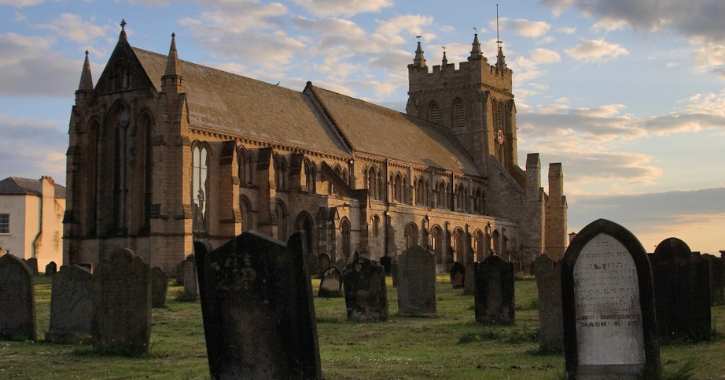
St Hilda
Hilda at first lived a secular life but became a nun in her thirties. She was appointed to be the abbess of the monastery in Hartlepool. St Hilda’s Church in Hartlepool is believed to be on the site where the monastery was located. It stands majestically on Hartlepool Headland and is a must-visit on The Way of Love. Hilda then went on to found the monastery at Whitby. It may seem hard to predict today when Easter is going to be and not surprisingly was confusing centuries ago. It was Hilda’s monastery which hosted the Synod of Whitby in 664, a significant meeting where Christian missionaries gathered to discuss the date.
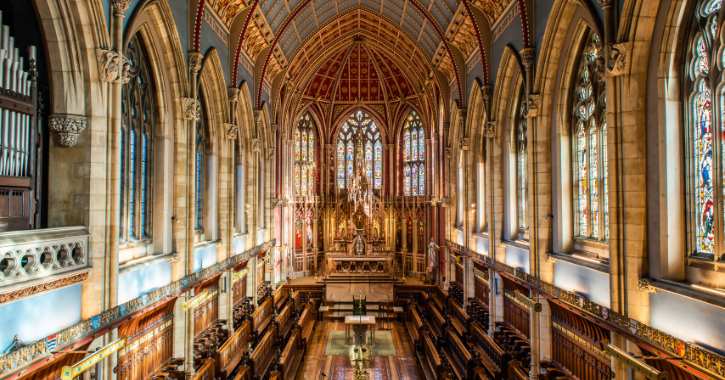
St Cuthbert
Seen as the North’s most-loved saint, his life greatly changed in his later teens. He had a vision of St Aidan’s soul being carried to Heaven and was inspired to become a monk. In his later life, St Cuthbert was the Prior of Lindisfarne. He became known for his good deeds, charity to the sick and poor and for his miracles. It sounds like a rather busy life but later St Cuthbert chose to be a hermit and moved to Inner Farne where a hermitage was built.
Nevertheless, despite great reluctance he was appointed as Bishop of Lindisfarne, it is said he was begged to do so by a kneeling King and church leaders. St Cuthbert died in 687 and eleven years later, monks reopened his coffin on Lindisfarne to find it had not decayed! This as well as miracles reported at his grave caused numerous pilgrims to visit.
Today you can visit St Cuthbert’s shrine at Durham Cathedral, which was founded as a place of hospitality and prayer for pilgrims visiting his resting place. At Ushaw, Historic House, Chapels and Gardens you’ll also find St Cuthbert’s Chapel, the Gothic splendour of the room is a sight to behold!
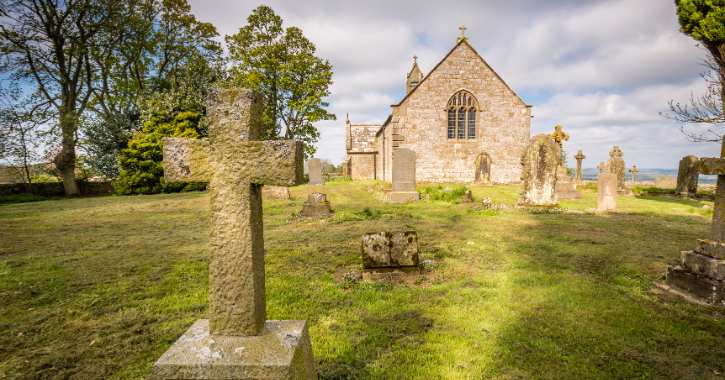
St Oswald
St Oswald had a rough start to life. His father was killed in 616 by Raedwald of East Anglia, helping to place Edwin on the throne. Edwin was in fact the brother of Oswald’s mother - talk about family rivalry! Unfortunately, Oswald and his family were forced into exile and went to the Scottish Kingdom of Dal Riata. He converted to Christianity and became a fervent believer. Learning of the death of Edwin at the hands of Cadwallon, Oswald began to make preparations and gathered support for an army. On the morning before The Battle of Heavenfield, St Oswald set up a wooden cross and knelt down, praying to God for help. It is said that Oswald’s army took Cadwallon by surprise on the day of battle and Oswald became King of Northumbria. Make sure you visit St Oswald’s Church at the site of the battle and spot the wooden cross erected by locals.
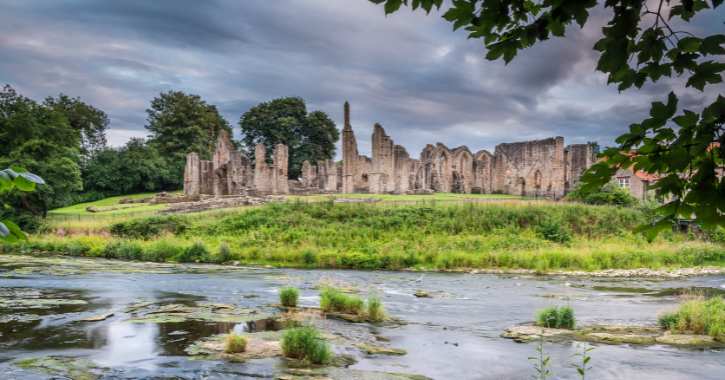
St Godric
St Godric lived a varied life. He sailed the waves as a sea merchant trading in Flanders, Denmark and Scotland and even became a captain, making pilgrimages to Rome, Jerusalem and Compostela de Santiago. Inspired by a visit to Inner Farne where St Cuthbert once lived, he decided to transform his life and become a hermit. He settled in Durham around 1112 on the stunning site where you’ll find Finchale Priory. Living a life of unbelievable austerity and penance for his sins, St Godric wore both a hair shirt and metal breast plate. He became a known figure for his holiness and prophetic talents so visitors came to see him. The man even had a flare for music, four songs written by him are the oldest English songs for which the original music survives.
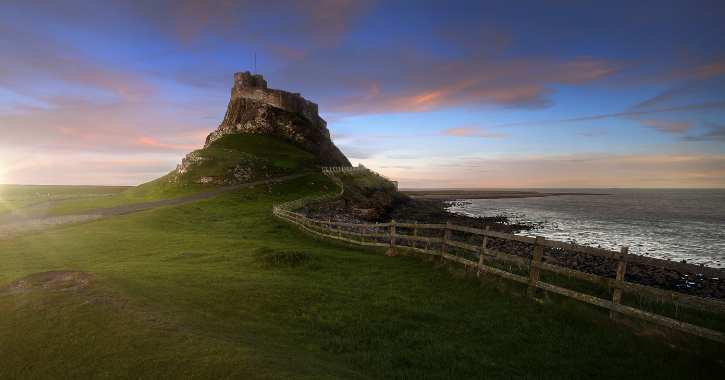
St Aidan
As King Oswald was a devout Christian, his first action was to send for a Bishop from Iona and it was St Aidan who arrived in Northumbria with twelve other monks. Their mission was to convert people to Christianity. It is Lindisfarne, also known as Holy Island, where St Aidan established a monastery and it became a centre of Christian learning. The King sponsored Aidan and churches were set up across Northumbria. Aidan walked as he spread the message of Christianity. There is a story that King Oswin gave Aidan a horse to help him travel from place to place but Aidan was a charitable figure and gave the horse away to a beggar! Bede described Aidan as, “a man of remarkable gentleness, goodness and moderation, zealous for God“.
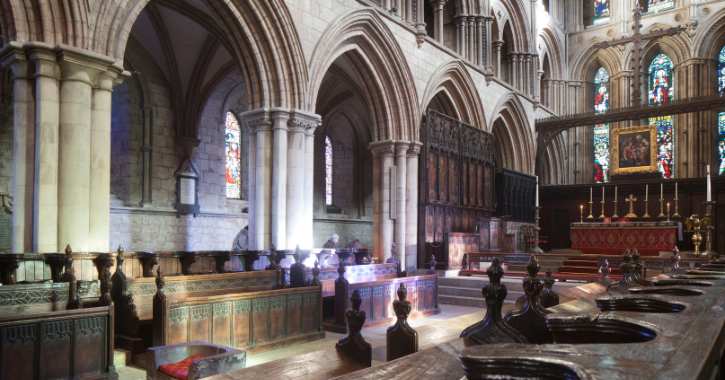
St Wilfrid
Wilfrid is considered a great saint but also a controversial character. One of the places he studied at was Lindisfarne monastery. It was Wilfrid, who put forward the Roman side of the argument at a meeting of Christian missionaires, named the Synod of Whitby. Oswiu, the Northumbrian King at the time, ruled in favour of the Roman tradition. A respected figure, St Wilfrid worked for years as a church leader. Queen Etheldreda granted Wilfrid the lands of Hexhamshire for a new Benedictine monastery. Known today as Hexham Abbey, the Saxon crypt and apse still remain of Wilfrid’s monastery. However, Wilfred clashed with King Ecgfrith over a papal decree that he should be given back his post as Bishop of York. he was condemned to imprisonment. Guards heard him chanting psalms in his cell and even saw an illuminating light, a visit from an angel of the Lord.
These are just some of the many incredible stories you can discover when exploring the Northern Saints Trails.
Check out our dedicated trails page, for more in-depth information about the fascinating places you can visit on your own pilgrimage.
Related
Comments
Comments are disabled for this post.
.png)

 to add an item to your Itinerary basket.
to add an item to your Itinerary basket.









